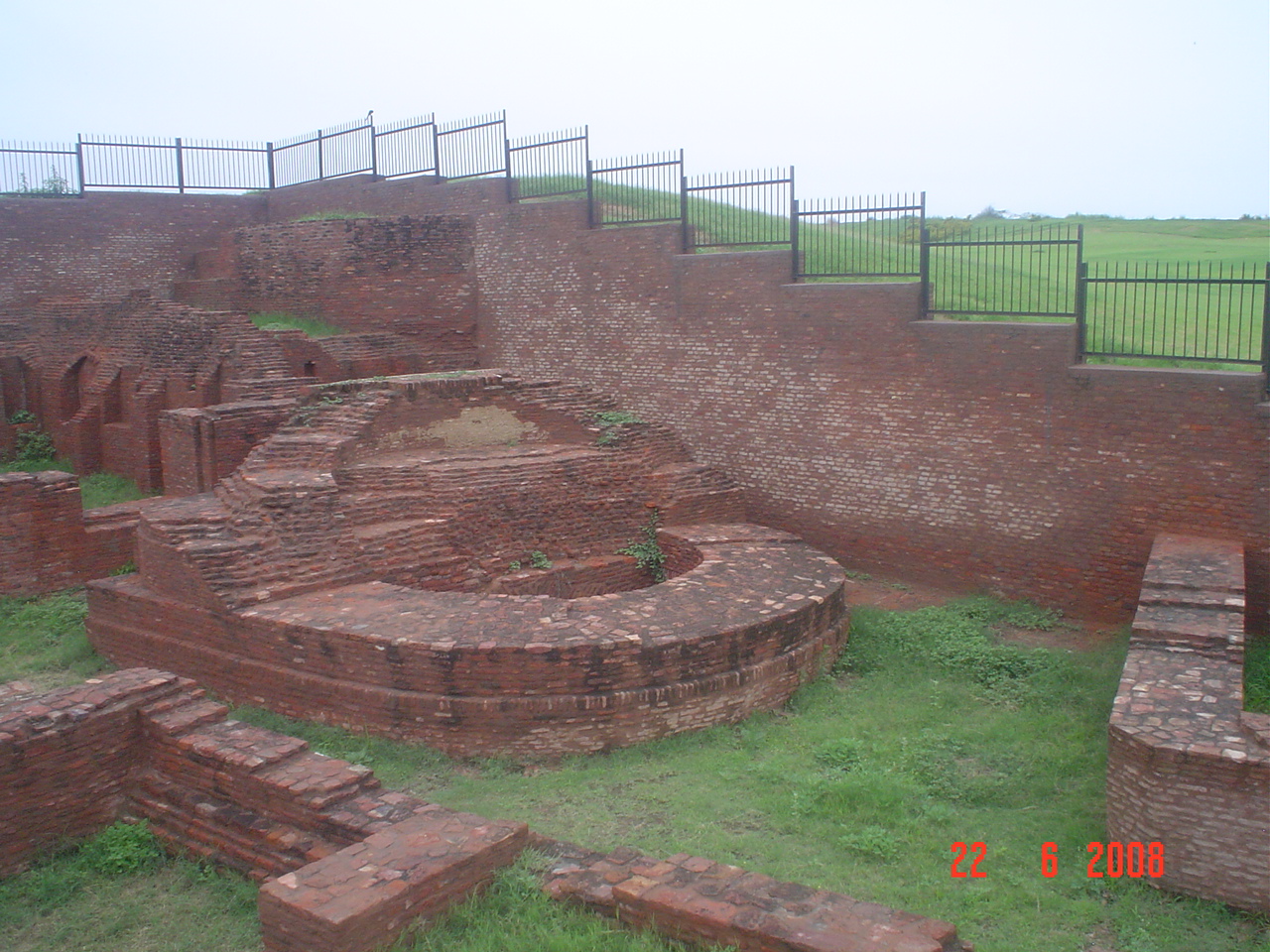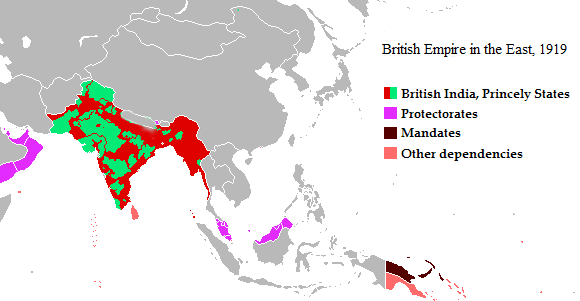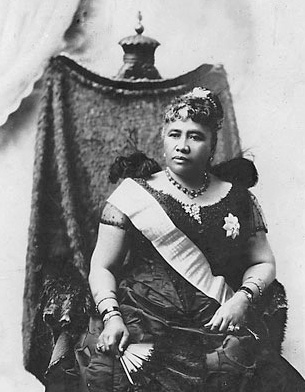|
Dileep Singh
H.H. Raja Sir Dileep Singh K.C.I.E. (18 March 1891 - 8 February 1961) was the last official ruler of the princely state of Sailana from 1919 to 1948. Raja Sir Dileep Singh was educated at the Mayo college Ajmer and completed his diploma and post diploma in the B.A. standard in 1912. He was further trained in Judicial and revenue works by Mr. A.T. Holve C.I.E, commissioner of Ajmer. He succeeded to the throne upon the death of his father Raja Sir Jashwant Singh II in 1919. He received the Delhi Durbar Medal in 1911, King George V Silver Jubilee Medal in 1935 and the Indian Independence Medal in 1948. He was created KCIE in 1934. He served as president of Akhil Bharatiya Kshatriya Mahasabha in 1920 and 1930 and was the permanent vice president thereof. Singh was also the permanent president of the Kurukshetra Jirnodhar committee whose sole objective was the restoration of the ponds, lakes and shrines of Kurukshetra extending over 96 miles of the holy land. The Raja also cons ... [...More Info...] [...Related Items...] OR: [Wikipedia] [Google] [Baidu] |
Sailana State
Sailana State was an 11 gun salute princely state in India, part of the Malwa Agency of Central India during the British Raj. The state enjoyed an estimated revenue of Rs.5,00,000. History Sailana State was founded by Raja Jai Singh, great-grandson of Maharaja Ratan Singh, founder of Ratlam State. It is a branch of the Rathore house. In 1716 Jai singh took revenge against his uncle for the murder of his father, he killed him in a pitched battle at sagode and secured Ratlam for his elder brother. The two brothers then divided the state between themselves. Jai Singh's capital was initially at Raoti. He built Sailana as his new capital in 1736. During this period the Maratha influence in central India had been growing and several states had been annexed or forced to pay heavy tributes to the Peshwa. However Jai Singh had the wisdom to form alliances with the Maratha officials, he helped the Peshwa agent Ambaji Pant Trimbak Purandare to collect tribute in Malwa and used t ... [...More Info...] [...Related Items...] OR: [Wikipedia] [Google] [Baidu] |
Ajmer
Ajmer () is a city in the north-western States and union territories of India, Indian state of Rajasthan. It serves as the administrative headquarters of the Ajmer district and Ajmer division. It lies at the centre of Rajasthan, earning it the nickname ''the Heart of Rajasthan''. Ajmer is surrounded by the Aravalli Range, Aravalli Mountains. Ajmer has been a municipality since 1869. Ajmer has been selected as one of the heritage cities for the Heritage City Development and Augmentation Yojana, HRIDAY and Smart City Mission schemes of the Government of India. Etymology The city of Ajmer was established as "Ajaya Meru", meaning "invincible hill" in Sanskrit by a Chahamana dynasty, Chahamana ruler, either Ajayaraja I or Ajayaraja II. It refers to the Taragarh Hill, on which the city is situated. Over time, "Ajaya Meru" evolved into "Ajmer". It served as their capital until the 12th century CE. A Gujarati historic novel named ''Gujaratno Jay'' written by Zaverchand Meghani, based ... [...More Info...] [...Related Items...] OR: [Wikipedia] [Google] [Baidu] |
Jashwant Singh II
Sir Jashwant Singh II (or Jaswant Singh II) KCIE (1864–1919) was the Raja of Sailana from 1895 until his death in 1919. Early life He was born on 3 September 1864 to Bhawani Singh, the Jagirdar of Semlia. In 1884, he was adopted by Duleh Singh, the Raja of Sailana. In the same year, the Government of India approved his adoption. Education He received his early education in the vernacular and Sanskrit from Bhawani Singh. Later, he was sent to Daly College in Indore for his further studies. He was proficient in Persian. Succession Following the death of Duleh Singh in October 1895, he became the Raja of Sailana. He was installed on the throne by David Barr on 24 December 1895 and was simultaneously granted full administrative powers. On the occasion, the Raja of Ratlam presented claims regarding the ceremony of Talwar Bandhai, but they were rejected. Reign One of the first challenges he faced upon his succession was that his predecessor had left the state with ... [...More Info...] [...Related Items...] OR: [Wikipedia] [Google] [Baidu] |
Delhi Durbar Medal
Delhi Durbar Medals were instituted by the British Raj, United Kingdom to commemorate the Delhi Durbar where the new Emperor of India was proclaimed, in 1903 for Edward VII, and in Delhi Durbar Medal (1911), 1911 for George V. On both occasions the medals were one and a half inches in diameter and were awarded in both gold and silver. They were worn in date order alongside Coronation and Jubilee medals on the left chest, suspended from a ribbon one and a quarter inches wide. These Royal commemorative medals were worn before campaign medals until November 1918, after which the order of wear was changed, with them now worn after campaign medals and before long service awards. Delhi Durbar Medal, 1903 Obverse: The crowned head of the king facing right wearing an ermine robe of State, with the Collar of the Garter, and Badge of the Order of the Bath. Below the bust a branch of laurel with, around the rim, the legend, EDWARD VII DELHI DURBAR 1903.Reverse: Inset within a floral wreath ... [...More Info...] [...Related Items...] OR: [Wikipedia] [Google] [Baidu] |
King George V Silver Jubilee Medal
The King George V Silver Jubilee Medal is a commemorative medal, instituted to celebrate the 25th anniversary of the accession of King George V. Issue This medal was awarded as a personal souvenir by King George V to commemorate his Silver Jubilee. It was awarded to the Royal Family and selected officers of state, officials and servants of the Royal Household, ministers, government officials, mayors, public servants, local government officials, members of the navy, army, air force and police in Britain, her colonies and Dominions. For Coronation and Jubilee medals, the practice up until 1977 was that United Kingdom authorities decided on a total number to be produced, then allocated a proportion to each of the Commonwealth countries and Crown dependencies and possessions. The award of the medals was then at the discretion of the local government authority, who were free to decide who would be awarded a medal and why. A total of 85,234 medals were awarded, including *6,500 to ... [...More Info...] [...Related Items...] OR: [Wikipedia] [Google] [Baidu] |
Indian Independence Medal
The Indian Independence Medal was instituted by the Dominion of India and approved by King George VI by way of a Royal Warrant dated 21 July 1948. It was a commemorative medal for service with the Indian armed forces at the time of independence in August 1947. Attached British personnel were eligible. It was awarded to all those who, on 15 August 1947, were members of the armed forces of India, including the forces of princely states that acceded to Indian rule before 1 January 1948. British military personnel who remained in India after independence and who served with Indian forces up to 1 January 1948 qualified, although those with British units awaiting repatriation did not. The medal is circular, in diameter and made of cupronickel. The obverse has the Ashoka Chakra wheel surmounted by a Tudor Crown, surrounded by the inscription ''GEORGIUS VI D:G: BRITT:OMN: REX: FID DEF''. The reverse shows the Ashoka lions, which is the State Emblem of India, with the words ''INDIAN IN ... [...More Info...] [...Related Items...] OR: [Wikipedia] [Google] [Baidu] |
Akhil Bharatiya Kshatriya Mahasabha
Akhil Bharatiya Kshatriya Mahasabha, also known as All India Kshatriya Mahasabha, was founded in the year 1897. The organization was formed to promote, protect, and fight for rights and interests of the Rajput community of the Indian society. Early years After the Revolt of 1857, many Taluqdars and Rajput Estate Holders who supported the revolutionists or participated with them were compromised. The British impounded many of their lands and properties and they were taxed with heavy fines. Raja Hanumant Singh, the Chief of Kalakankar, was one such Taluqdar, who was dispossessed of his many properties for supporting the Revolt of 1857. Raja Hanumant Singh believed a pan-India organization was necessary to correct the injustice faced by their community. He founded the association in 1857 with other Taluqdars of Oudh and named it the ''Ram Dal.'' It was renamed ''Kshatriya Hitkarni Sabha'' in 1860. The association was formed to protect and fight for rights and interests of Rajput ... [...More Info...] [...Related Items...] OR: [Wikipedia] [Google] [Baidu] |
Thanesar
Thanesar (IAST: Sthāṇvīśvara) is a historic city and Hindu pilgrimage sites, Hindu pilgrimage centre in the Kurukshetra district of Haryana, India. It is located approximately 160 km northwest of Delhi. The city Kurukshetra's area merges with Thanesar. Thanesar was the capital of the Pushyabhuti dynasty, whose rulers conquered most of Aryavarta following the fall of the Gupta Empire. The Pushyabhuti emperor Prabhakarvardhana was a ruler of Thanesar in the early seventh century CE. He was succeeded by his sons, Rajyavardhana and Harsha. Harsha, also known as Harshavardhana, consolidated a vast empire over much of North India by defeating independent kings that fragmented from the Later Guptas. Demographics The 2011 census of India noted that Thanesar had a population of 154,962. Males constituted 55% of the population and females 45% (83,65571,307). Thanesar had an average literacy rate of 85.73%, higher than the national average of 74.04: male literacy is 89.89%, and fe ... [...More Info...] [...Related Items...] OR: [Wikipedia] [Google] [Baidu] |
Instrument Of Accession
The Instrument of Accession was a legal document first introduced by the Government of India Act 1935 and used in 1947 to enable each of the rulers of the princely states under British paramountcy to join one of the new dominions of Dominion of India, India or Dominion of Pakistan, Pakistan created by the Partition of India, Partition of British India. The instruments of accession executed by the rulers, provided for the accession of states to the Dominion of India (or Pakistan) on three subjects, namely, defence, external affairs and communications. Background 565 princely states existed in British Raj, India during the British Raj. These were not parts of British India, having never become possessions of the Crown, the British Crown, but were tied to the Crown by various treaties and were under the suzerainty of the Crown. British India and the princely states were together referred to as the "Indian Empire", commonly called "India". The Government of India Act 1935 intro ... [...More Info...] [...Related Items...] OR: [Wikipedia] [Google] [Baidu] |
Dominion Of India
The Dominion of India, officially the Union of India, * * was an independent dominion in the British Commonwealth of Nations existing between 15 August 1947 and 26 January 1950. Until its Indian independence movement, independence, India had been ruled as an informal empire by the United Kingdom. The empire, also called the British Raj and sometimes the British Indian Empire, consisted of regions, collectively called British India, that were directly administered by the British government, and regions, called the princely states, that were ruled by Indian rulers under a system of paramountcy, in favor of the British. The Dominion of India was formalised by the passage of the Indian Independence Act 1947, which also formalised an independent Dominion of Pakistan—comprising the regions of British India that are today Pakistan and Bangladesh. The Dominion of India remained "India" in common parlance but was geographically reduced by the lands that went to Pakistan, as a separate d ... [...More Info...] [...Related Items...] OR: [Wikipedia] [Google] [Baidu] |
1891 Births
Events January * January 1 ** A strike of 500 Hungarian steel workers occurs; 3,000 men are out of work as a consequence. **Germany takes formal possession of its new African territories. * January 4 – The Earl of Zetland issues a declaration regarding the famine in the western counties of Ireland. * January 5 **The Australian shearers' strike, that leads indirectly to the foundation of the Australian Labor Party, begins. **A fight between the United States and Lakotas breaks out near Pine Ridge agency. **A fight between railway strikers and police breaks out at Motherwell, Scotland. * January 7 ** General Miles' forces surround the Lakota in the Pine Ridge Reservation. ** The Inter-American Monetary Commission meets in Washington DC. * January 9 – The great shoe strike in Rochester, New York is called off. * January 10 – in France, the Irish Nationalist leaders hold a conference at Boulogne. The French government promptly takes loan. * Jan ... [...More Info...] [...Related Items...] OR: [Wikipedia] [Google] [Baidu] |






